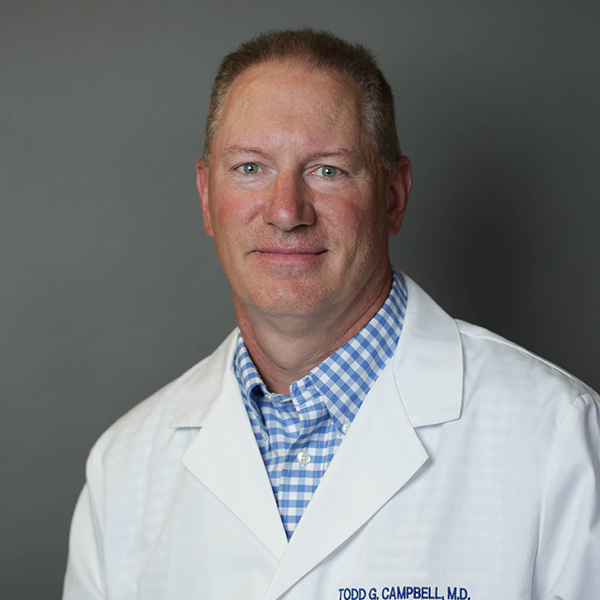Quick Facts
Vasectomy Reversal
- Restores flow of sperm following a vasectomy
- Successful patency and pregnancy rates will depend on time since vasectomy
- Two main types of vasectomy reversals

Our Vasectomy Reversal Specialists
Vasectomy Reversal
A vasectomy reversal is surgery to restore the flow of sperm through a man’s reproductive tract allowing him to father children again. The operation is done in out-patient surgery center while the man is under general anesthesia (completely asleep).
The vas deferens (the tubes that care sperm) are very small (about the size of a cooked spaghetti noodle) and the suturing thread is so fine (as fine as a hair), that urologists use an operating room microscope to magnify the surgical field as they work. A surgeon who is skilled at using the microscope while operating is known as a microsurgeon.
What Happens under Normal Conditions?
Both sperm and male sex hormones are made in the paired testes (testicles). The testes are in the scrotum at the base of the penis. Sperm leave the testes through a coiled tube (the “epididymis”), where they stay until they’re ready for use. Each epididymis is linked to the prostate by a long tube called the vas deferens (or “vas”). The vas runs from the lower part of the scrotum into the inguinal canal. It then goes into the pelvis and behind the bladder. This is where the vas deferens joins with the seminal vesicle and forms the ejaculatory duct. When you ejaculate, seminal fluid and seminal vesicles mix with sperm to form semen. The semen flows through the urethra and comes out the end of your penis.
Treatment
Reversals are most often done on a come-and-go basis by a urologist. Reversals can be done in an outpatient part of a hospital or at a surgery center. If a surgical microscope is used, the surgery is done while you’re asleep under anesthesia. Your urologist and anesthesiologist will talk with you about your choices.
Using microsurgery is the best way to do this surgery. A high-powered microscope used during your surgery magnifies the small tubes 5 to 40 times their size. Your urologist can use stitches much thinner than an eyelash or even a hair to join the ends of the vas.
After you’re asleep, your urologist will make a small cut on each side of the scrotum. Your urologist will trim the scarred ends of the vas where they were closed by the vasectomy. Your urologist will take fluid, (“vasal fluid”) from the vasal end closest to the testis. Your doctor will check to see if it has sperm in it. At this point, there are 2 types of reversal procedures you can have.
Vasovasostomy
If there is sperm in the vasal fluid it shows that the path is clear between the testis and where the vas was cut. This means the ends of the vas can then be joined. The term for reconnecting the ends of the vas is “vasovasostomy.” When microsurgery is used, vasovasostomy works in about 85 out of 100 men. Pregnancy occurs in about 55 out of 100 partners.
Vasoepididymostomy
If there is no sperm in the vasal fluid, it may mean back pressure from the vasectomy caused a form of “blowout” in the epididymal tube. This “blowout” can lead to a block. Your urologist will need to go around the block and join the upper end of the vas to the epididymis instead. This is called a “vasoepididymostomy” and it serves the same purpose as the vasovasostomy.
Vasoepididymostomy is more complex than vasovasostomy, but the results are nearly as good. Sometimes vasovasostomy is done on one side and vasoepididymostomy on the other.
After Treatment
Healing should be rather quick and fairly easy. Pain after surgery is most often controlled with pills. About 50 out of 100 men say the pain after the reversal is like after their vasectomy. Another 25 out of 100 say the pain is less than after the vasectomy, and 25 out of 100 say it’s greater. Pain bad enough to need medications rarely lasts longer than a few days to a week.
Most men can return to their normal routine and light work within a week. You’ll likely be told to take it easy and not have sex for 2 to 3 weeks. If your job is strenuous, ask your urologist when you can return to work. You’ll most likely wear a jockstrap for support for a few weeks.
It may take 4 months to a year for your partner to get pregnant after vasectomy reversal. Some women get pregnant in the first few months, while others may take years. Pregnancy rates can depend on the amount of time between the vasectomy and reversal. Sperm return to the semen faster and pregnancy rates are highest when the reversal is done sooner after the vasectomy.
Next to pregnancy, testing the sperm count is the only way to tell if the surgery worked. Your urologist will test your semen every 2 to 3 months until your sperm count holds steady or your partner gets pregnant. Sperm often appear in the semen within a few months after a vasovasostomy. It may take from 3 to 15 months after a vasoepididymostomy.
In either case, if the reversal works, you should stay fertile for many years. Only about 5 out of 100 men later get scars in the reconnected part. The scars could block the outflow of sperm all over again.

Frequently Asked Questions
In the hands of an experienced surgeon, the primary factor influencing success rates is the length of time since the vasectomy. If a vasectomy reversal is performed within 8 years of the vasectomy, the chance that sperm will return to the semen is 88%.
It’s a surgical technique that speeds the operating time and allows men to have a vasectomy reversal for about half the cost. The military pioneered the fibrin glue technique and has been using it in its health system for since 2005. Success rates have been shown to be the same as a conventional vasectomy reversal.
Request an appointment now
Getting an accurate diagnosis can be one of the most impactful experiences that you can have — especially if you’ve been in search of that answer for a while. We can help you get there.



